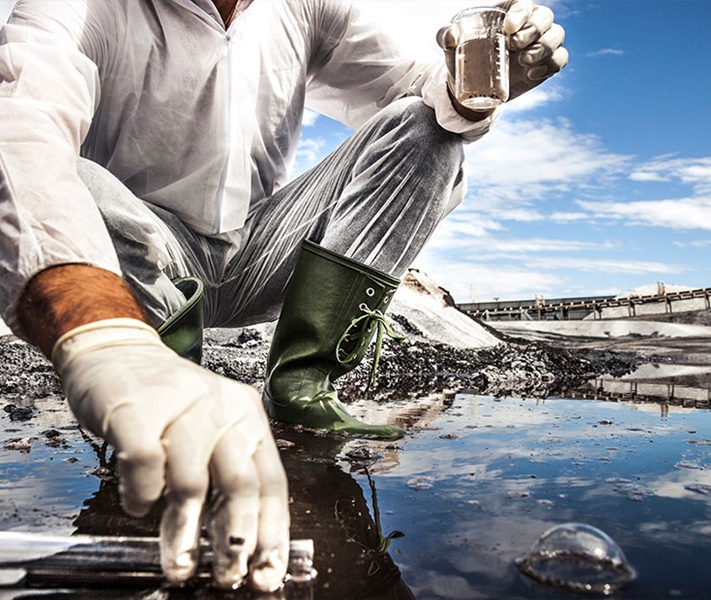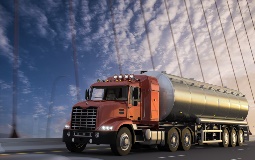Environmental Insurance
Our environmental practice is dedicated to understanding where environmental mitigation or risk transfer is needed; from the obvious to the obscure to ensure your insureds are protected. With expertise in industries as diverse as Manufacturing, Construction, and Healthcare, we understand where your clients are vulnerable to environmental losses and are focused on bringing you innovative solutions.

Environmental Insurance
Our environmental practice is dedicated to understanding where environmental mitigation or risk transfer is needed; from the obvious to the obscure to ensure your insureds are protected. With expertise in industries as diverse as Manufacturing, Construction, and Healthcare, we understand where your clients are vulnerable to environmental losses and are focused on bringing you innovative solutions.

Tailored coverage to meet your insureds unique needs.
In-house environmental programs + exclusive products
Proprietary products + programs
Amwins develops data-backed products and programs, ensuring we never fail to meet your clients' niche environmental insurance needs.
Expertise
With Amwins specialty environmental practice, you and your clients have access to experts who get insurance coverage right the first time.
Complex claim advocacy
From designing a proactive claims management plan to engaging on difficult and complex claims, Amwins supports our clients at the moment they need us most.
$479M
annual premium placements
175
environmental insurance professionals
320
environmental market relationships
Environmental insurance resources + insights
Stay up to date on emerging industry trends and topics.
Transportation Pollution Liability: From Point A to B and In Between
Overview
When a cement truck turns over and pollutes a stream, how is that insured’s exposure addressed? If a freight hauler is unloading drums of soap and one of those drums turns over and spills into a storm drain, how will the insured be protected? In the environmental marketplace, carriers will offer transportation pollution liability ("TPL") coverage to address these exposures.
Transportation pollution liability provides protection for products or materials transported, shipped, or delivered by the insured or by a carrier on the insured’s behalf. Environmental carriers typically offer this enhancement on risks with transportation exposure and some carriers will also specifically include loading and unloading. While unendorsed contractor’s pollution liability ("CPL") policies may include coverage for vehicle use at a jobsite, they typically offer little or no coverage for transportation exposures away from a jobsite. TPL would be available to address this exposure. Additionally, TPL is available for site-specific risks with transportation exposures including manufacturers, freight forwards, and distribution centers. This enhancement can be endorsed onto site pollution to address their exposure.
While capabilities vary from carrier to carrier, most insurance companies offer coverage on a blanket or scheduled basis with occurrence and claims-made triggers available. Typically, minimum premiums start around $2,500 with $15M in limits available. Submission requirements include environmental supplemental application, motor vehicle reports, loss runs (CPL and/or auto), and schedule of vehicles.
Claim examples
Example 1
The insured, a waterproofing contractor, was traveling to a jobsite in a tanker containing liquid waterproofing material to be used at the job. The vehicle became involved in a collision, and 100 gallons of the product were released onto the road. Both the insured’s vehicle and a third-party vehicle sustained damage. Additionally, the spill was immediately reported to the Department of Environmental Protection (DEP) and was remediated.
Example 2
In another situation, the insured was in the business of collecting and disposing of used motor oil from auto repair shops and other vendors. After several pickups and in the course of traveling on a thruway, the truck hit a slick area on the road and overturned, totaling the vehicle and spilling 500 gallons of used motor oil onto the road and into a stream that abutted a residential area. The spill was reported to the DEP, an emergency response team cleaned the road, and the insured was responsible for investigation of soil and water impact, significant remediation, and future monitoring costs. Since the location was a remote area, far from a city, remediation efforts were significant ($700,000).
The insureds in both of these claims carried business auto (“auto”) coverage, commercial general liability (“CGL”) coverage, and contractor’s pollution liability (“CPL”) coverage with a transportation pollution liability (“TPL”) coverage endorsement. The auto carrier covered losses to the first- and third-party vehicles and bodily injury. However, the auto policy’s “pollution” exclusion precluded coverage of loss arising out of the escape of pollution being hauled by a vehicle. The CGL coverage was precluded by the “auto” and “pollution” exclusions. As to the CPL coverage, although this coverage protects the insured against certain pollution losses, it typically does not cover damages arising from a release of pollutants from a vehicle beyond the boundaries of the jobsite. In the above situations, the CPL coverage “vehicles” exclusion precluded coverage for the property damage arising from the use of the vehicle outside the boundaries of the worksite, and absent the TPL coverage endorsement, the “transported materials” exclusion would have precluded property damage arising from products transported to a location beyond the boundaries of a jobsite. Fortunately for these insureds, however, they were covered by the TPL coverage endorsement, which specifically gave back coverage in these instances for property damage arising from a pollutant in the course of being transported by a covered vehicle beyond the boundaries of the jobsite.
Disclaimer: The facts and circumstances giving rise to potential coverage and the determination of whether coverage existed in these instances above are intended for instructional purposes only. Be sure to consult actual CPL coverages and exclusions and associated TPL coverage endorsements to determine whether coverage would exist in particular circumstances.
This article was authored by Cody Barden, an underwriter with Markel Corporation.
- Environmental
- Property & Casualty
- Transportation


